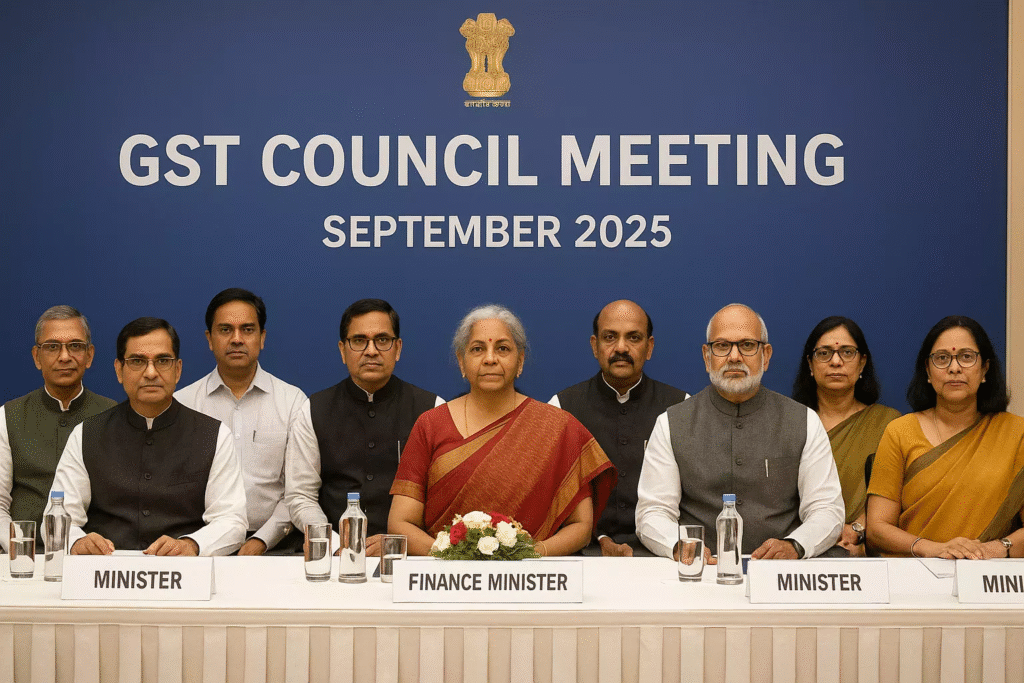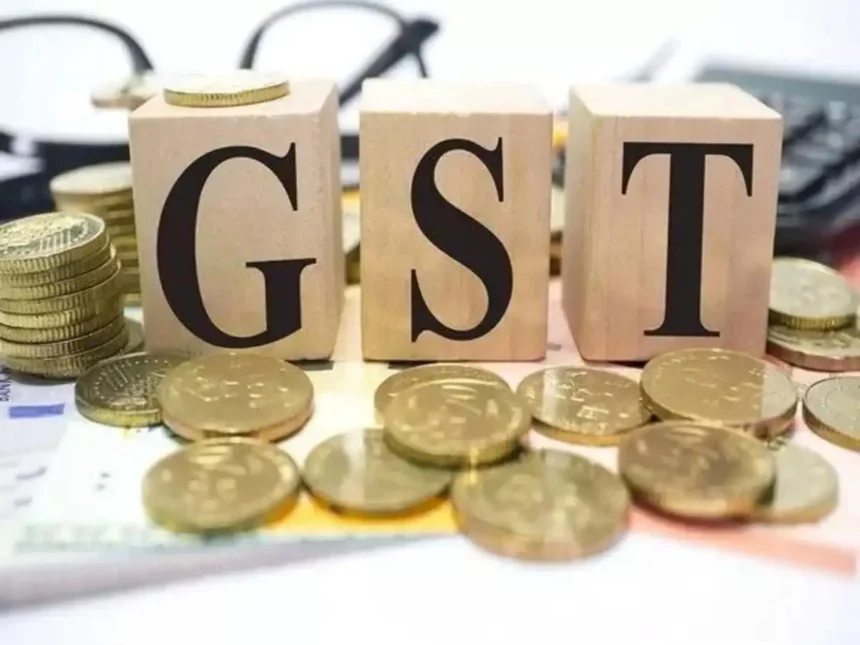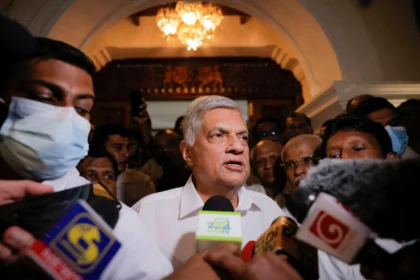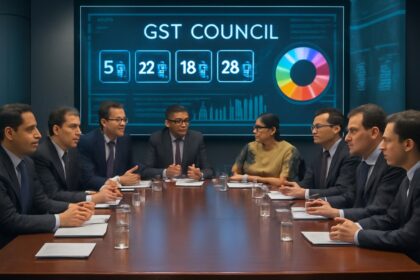The 56th meeting of the Goods and Services Tax (GST) Council is scheduled for September 3-4, 2025, in New Delhi, and is expected to bring significant reforms including exemptions for key goods. Chaired by Union Finance Minister Nirmala Sitharaman, the Council will deliberate on next-generation GST reforms aimed at simplifying the tax structure and providing relief to common citizens, farmers, MSMEs, and local vendors.
One of the core focuses of the meeting is rationalizing GST rates. The Council may recommend shifting multiple goods from the 12% and 28% tax slabs to either the 5% or 18% slab. There are strong indications that goods essential for daily use, as well as those benefiting welfare services like health and life insurance, may soon become GST-free or enjoy reduced tax incidence.

The reforms build on the announcement made by Prime Minister Narendra Modi on Independence Day 2025 about advancing GST towards simplicity, transparency, and ease of living through structural reforms and rate rationalization. The Council is also likely to discuss removing the inverted duty structures that have long plagued sectors such as textiles, footwear, fertilisers, and packaging.
Additionally, the Council may introduce streamlined compliance measures such as pre-filled returns, automated refunds, and GST levy harmonization across emerging sectors like commercial drones. The introduction of a higher 40% slab for sin goods such as tobacco and alcohol is also on the agenda to better align taxation with public health objectives.
These anticipated changes aim to bring about less dispute over GST classifications, reduce the complexity businesses face, and improve the overall ease of doing business in India. Moreover, the potential removal of GST on insurance premia could foster greater financial inclusion.
The 56th GST Council meeting is expected to be a landmark event in the evolution of India’s indirect tax framework, setting the stage for a more inclusive and business-friendly tax environment.
Potential Rate Cuts for Consumers
According to reports, India is planning to reduce GST by at least 10 percentage points on nearly 175 items, a move that would benefit a wide range of consumers.
- Essential and Food Items: GST on products like toothpaste, shampoo, talcum powder, and soaps is likely to be reduced from 18pc to 5pc. Similarly, rates on butter, cheese, and ready-to-eat foods like pickles and snacks may drop from 12pc and 18pc to 5pc. This would place most food and textile items under the 5pc slab, potentially boosting sales for companies like Hindustan Unilever, Godrej Consumer, and Nestle India.
- Consumer Electronics and White Goods: Consumer electronics like TVs, air conditioners, refrigerators, and washing machines—which are currently taxed at 28 per cent—would now be included in the 18 per cent slab. Additionally, it is anticipated that the cement GST will be lowered from 28 per cent to 18 per cent.
Impact on the Auto Industry
The proposed GST changes would have a significant impact on the automotive sector:
- Petrol and Hybrid Cars: Small petrol cars with engine sizes up to 1,200 cc are expected to see their GST rate reduced from 28pc to 18pc. This benefit may also be extended to small hybrid cars, which would be a positive development for companies like Maruti Suzuki and Toyota India.
- Electric Vehicles (EVs): The GST Council is considering increasing the tax on electric cars in the ₹20-40 lakh price range from the current 5pc to 18pc. A higher tax is also being proposed for luxury EVs from brands like Tesla and BYD.
- Two-Wheelers: The two-wheeler industry’s long-standing request for a GST rate reduction from 28pc to 18pc is likely to be approved. This would be a significant boost for manufacturers like Hero MotoCorp. However, a new definition for “luxury” two-wheelers may be introduced, with a potential 40pc tax rate on bikes with an engine capacity greater than 350 cc. This has drawn pushback from major players in the middleweight segment, such as Bajaj Auto and Royal Enfield.
- Structural Simplification: The change from a four-slab system to a two-slab system (5pc and 18pc), with an additional 40pc slab for luxury goods, would streamline the tax structure.
- Ease of Doing Business: A simpler structure is expected to reduce litigation, simplify compliance, and improve administrative efficiency.
- Revenue Neutrality: The higher 40pc tax on sin and luxury items is intended to offset the revenue loss from lower taxes on essential goods.
- Compensation and Other Issues: A surplus of ₹40,000-50,000 crore from the compensation cess is being considered to compensate states until its phase-out on October 31. The insurance sector is also advocating for exemptions and rate benefits to be passed on to policyholders. Discussions are also anticipated on resolving the inverted duty structure to ensure consumers benefit from the tax reforms.







